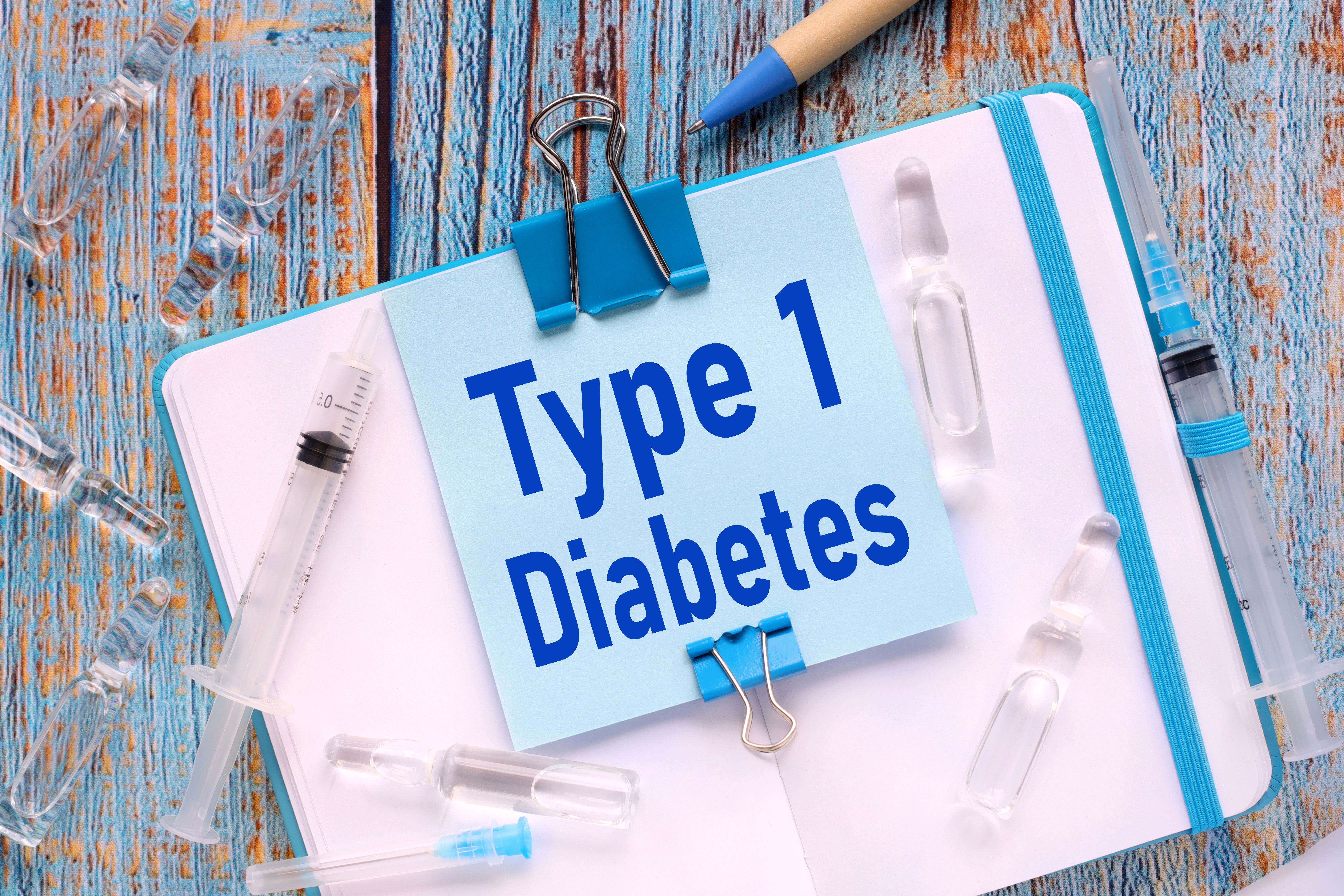Study: COVID-19 diagnosis associated with increased incidence of type 1 diabetes
Further studies are needed to determine if vaccination should be considered in children at risk for type 1 diabetes (T1D), as a COVID-19 diagnosis among children was associated with an increased incidence of T1D, according to a recent study.
Study: COVID-19 diagnosis associated with increased incidence of type 1 diabetes | Image Credit: © Svetlana - © Svetlana - stock.adobe.com.

Findings from a study recently published in JAMA suggest that a SARS-CoV-2 infection in children contributed to an increase in type 1 diabetes (T1D) incidence in Bavaria, Germany, during the COVID-19 pandemic.
T1D incidence increased during the pandemic, but studies did not differentiate children with and without an infection. To determine the association between a SARS-CoV-2 infection and T1D incidence in children, investigators analyzed a population-based, individual-patient data set, which included COVID-19 diagnoses.
Anonymized data of children born between 2010 and 2018 and observed through December 2021 in the Bavarian Association of Statutory Health Insurance Physicians (BASHIP) database—which processes claims data for all statutorily insured patients in the German state—were included in the study. T1D incidence rates from 2018 to 2019 and 2020 to 2021 were compared. To determine risk of T1D associated with a COVID-19 diagnosis, time-dependent Cox models were used and adjusted for sex and age of the children. These models were used on a quarterly basis from 2020 to 2021. Statistical significance was determined at 5% and analyses were conducted with R software version 4.1.2 (R Project for Statistical Computing). Disease codes to indicate whether COVID-19 was virus confirmed, resulting from a polymerase chain reaction positive, were entered by clinicians.
In all, approximately 1.1 million children had medical claims data, and 1,242 received a T1D diagnosis through the end of 2019. Between January 2020 and December 2021, 195,795 (16.6%) children had a diagnosis of COVID-19, with 57,646 being virus-confirmed cases (29.4%). In January to March 2020, first diagnosis of COVID-19 frequency was 0.18% and ranged to 4.79% in October to December 2021. The frequency was higher among boys compared to girls (16.8% vs 16.4% [P < .001]). It was also higher in children younger than the median age of 6.5 years compared to older children (18.6% vs 14.6% [P < .001). Between January 2020 and December 2021, the incidence rate of T1D was 29.9 per 100,000 person-years (95% binomial CI, 27.7-32.2; 705 cases) compared to 19.5 per 100,000 person-years (95% CI, 17.8-21.4; 460 cases) between January 2018 and December 2019 (P < .001).
During the pandemic, the T1D incidence rate was 28.5 per 100,000 person-years (95% CI, 26.3-30.9; 620 cases) without a preceding or concurrent diagnosis of COVID-19, compared to a T1D incidence rate of 55.2 per 100,000 person-years (95% CI, 37.1-81.5; 27 cases) in the same quarter as the COVID-19 diagnosis (P < .001 vs COVID-19 negative). An incidence rate of 38.8 (95% CI, 25.6-58.1; 25 cases) was observed in the next 2 quarters (P = 16). In later quarters (6-15 months after infection [P = .004]), the incidence rate was 50.7 (95% CI, 34.3-74.4; 28 cases). From 2020 to 2021, the age- and sex-adjusted hazard ratio for T1D development was 1.57 with any type of COVID-19 diagnosis (95% CI, 1.32-1.88 [P < .001]) and 1.69 when “only virus-confirmed cases were considered,” (95% CI, 1.31-2.18 [P < .001]).
Quarterly collection of data (unable to determine T1D diagnosis was before or after COVID-19 if each occurred in the same quarter), potential confounding or selection biases, insufficient case numbers for subgroup comparisons, and missing viral confirmation in 70% of diagnosed children were limitations of the study.
Authors concluded that, since 2020, a COVID-19 diagnosis in children was associated with a T1D incidence increase in Bavaria, Germany. Findings suggest undiagnosed infection could have contributed to the T1D incidence increase observed in children without a COVID-19 diagnosis. To determine if vaccination should be a consideration in children at risk for T1D, additional studies are needed.
Reference:
Weiss A, Donnachie E, Beyerlein A, Ziegler A, Bonifacio E. Type 1 diabetes incidence and risk in children with a diagnosis of COVID-19. JAMA. 2023;329(23):2089–2091. doi:10.1001/jama.2023.8674